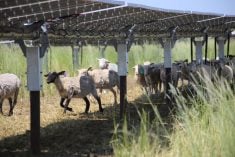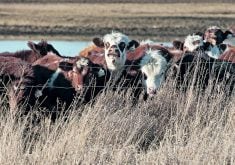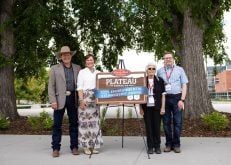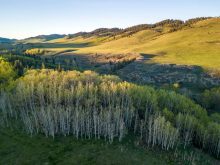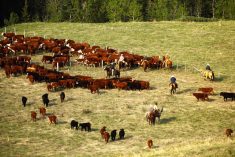There was a time when students of a pasture school came home with a large binder of pasture management information. It wasn’t something easily carried around, especially not on horseback.
These days there’s an easier way and it’s called Pasture 101.
“It’s designed to provide basic and advanced components of pasture and grazing management,” said Karin Schmid, beef production and extension lead with Alberta Beef Producers.
Read Also
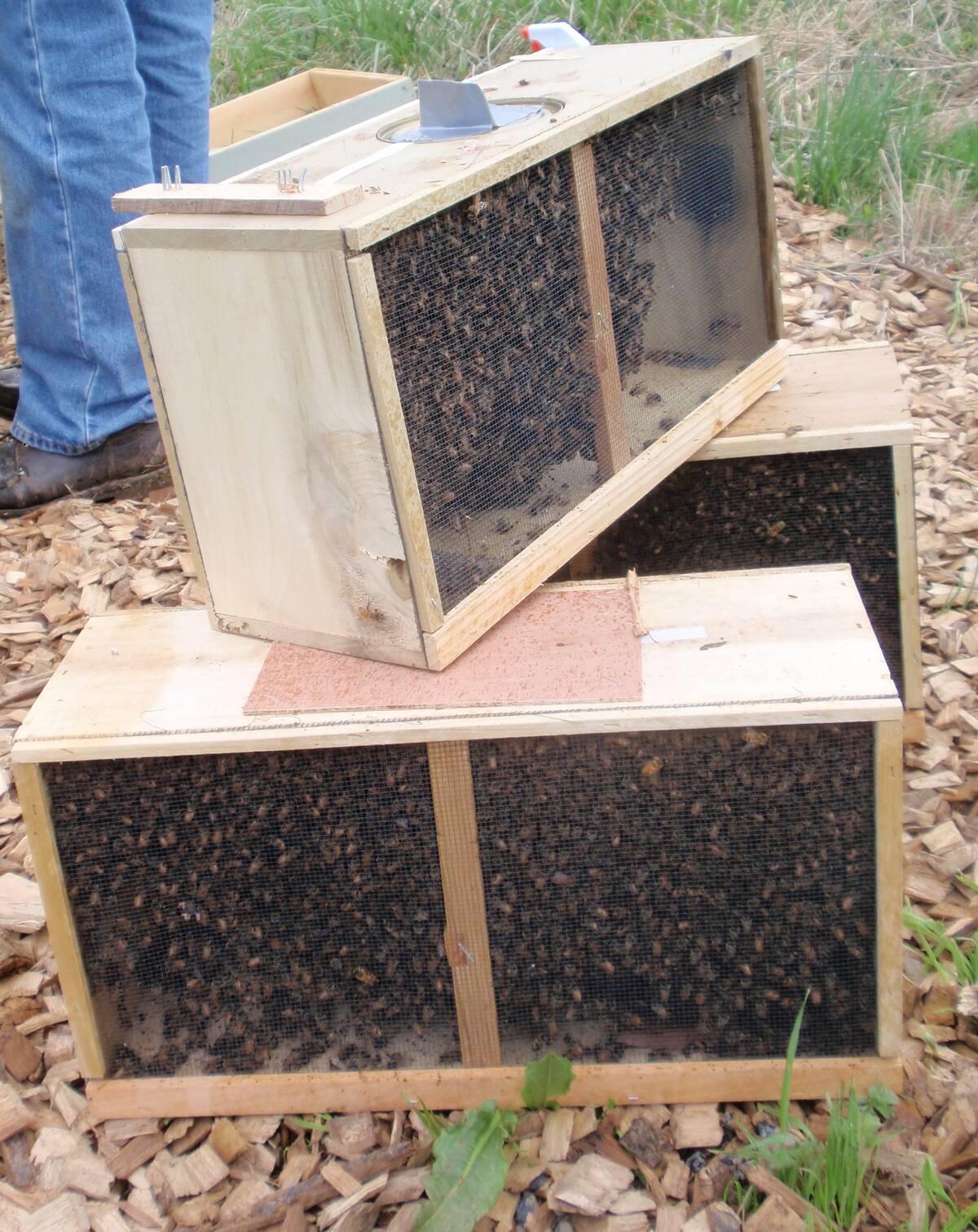
Canadian beekeepers call for regulatory accountability
Beekeepers say the Canadian Food Inspection Agency should restore U.S. packaged bee shipments, claiming the agency isn’t following evidence.
It covers topics such as selection of forage species, establishing pastures, fencing, water issues and animal health concerns while grazing.
“The idea was to provide producers with a one-stop shop for the information that you used to get in a giant binder from pasture school,” said Schmid.
The work was the final contribution from an initiative called the Alberta Beef, Forage and Grazing Centre, a five-year project with specific goals for bolstering the cattle sector, including boosting pasture productivity by 30 per cent.
It was done in collaboration with the Beef Cattle Research Council, which wanted to augment its online offerings and agreed to host the Pasture 101 material.
It’s a good thing to have so many resources on grazing management in one place, said Schmid.
“Looking for information that isn’t based out of the U.S. can be challenging at times without going through multiple Google searches.”
Breaking the material into bite-sized chunks is a real plus, too, she added.
“If there’s just a few modules that producers want to look at, that’s fine. If they want to look at them all, that’s fine too.”
Each module is designed to make information easy to absorb. For example, the Selecting Forage Species module starts with 10 key points, all a single sentence. Readers can use the toggle-on, toggle-off switch beside a list of topics to take a deeper dive or a quick look.
A topic might be fairly brief (perennial versus annual forages) or more involved (the difference between grasses that spread by rhizomes versus stolons, grass growth habits, and the seasonality of shoot growth in warm- and cool-season grasses).
Quizzes and worksheets are available at the end of each module, said Schmid, so producers can use them to suit their situation. Each module also has a list of other resources.
While some information may seem basic, most of it will work for someone looking to do a better job or who doesn’t have a mentor to answer specific questions.
Even a seasoned grazier may find Pasture 101 has helpful sections like “Toolkits”, which contains worksheets. One example is the Fence Planning and Budgeting Worksheet.
The four-page printable document helps producers record the key info needed for a project, including pasture location, site information and estimates for needed materials. There’s one page for electric fences and another for non-electric.
“That worksheet was adapted with permission from B.C. Agriculture,” Schmid said. “Folks are worried about the cost of fencing and this allows them to plan it out for their own situation.”
Pasture 101 also looks at the financial side of grazing management and has links to Beef Cattle Research Council tools, including record-keeping and benchmarking.
“There is a pasture and forage record-keeping section,” Schmid said. “It makes sense to link those two together. If you have an accurate idea of some of these things, it helps with the cost of production and helps you plan your grazing.”
The adage that you can’t manage what you don’t measure is always true when grazing, she noted.
“If you don’t know what your pastures are yielding, you don’t know how many grazing days you might get. You don’t know how much winter feed you might need,” Schmid said.




